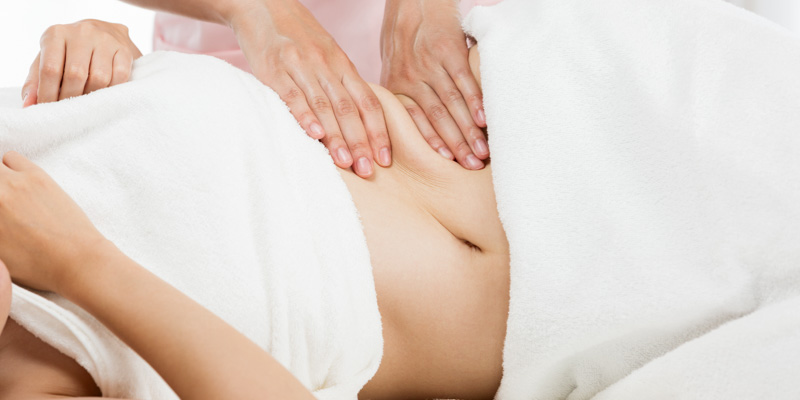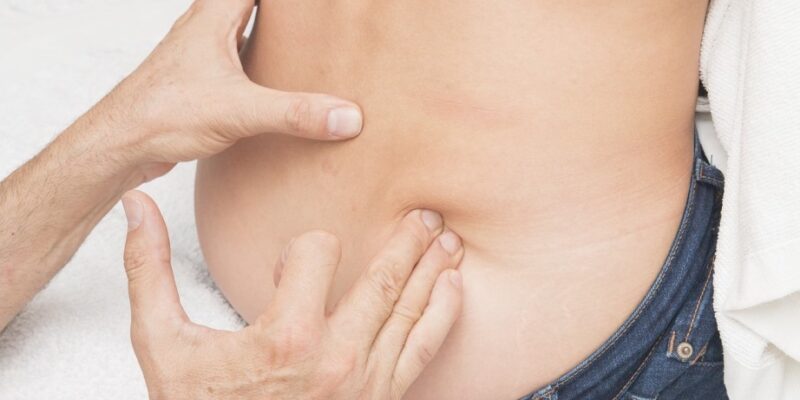
What is Lymphatic Drainage Massage?
Lymphatic drainage massage, also known as manual lymphatic drainage, is a gentle massage technique that is used to encourage the natural drainage of lymph, a fluid that circulates throughout the lymphatic system. The lymphatic system is a network of vessels and nodes that helps to remove waste and toxins from the body. Lymphatic drainage massage can be used to help reduce swelling, improve circulation, and boost the immune system.
Principles of Lymphatic Drainage Massage
The principles of lymphatic drainage massage are based on the anatomy and physiology of the lymphatic system. The massage therapist uses light, rhythmic strokes to stimulate the lymphatic vessels and nodes, which helps to move lymph fluid through the body. The massage is typically performed in a specific sequence, starting with the lymph nodes in the neck and working down to the feet.
During the massage, the therapist may also use techniques such as compression, stretching, and deep breathing to help stimulate the lymphatic system. The massage is typically performed with the client lying down, and the therapist may use a special table or cushion to help support the client’s body.
Lymphatic drainage massage can be used to help treat a variety of conditions, including lymphedema, fibromyalgia, and chronic fatigue syndrome. It can also be used to help reduce swelling and inflammation after surgery or injury.
Health Benefits of Lymphatic Drainage
Lymphatic drainage massage is a gentle technique that encourages lymphatic fluid to circulate throughout the body. This technique has several health benefits that can improve overall wellness. Here are some of the benefits of lymphatic drainage massage:
Enhancement of Immune Function
The lymphatic system is an essential part of the immune system. It helps to remove toxins, waste products, and foreign substances from the body. Lymphatic drainage massage can stimulate the lymphatic system, which in turn enhances the immune function. By improving the immune function, the body can better fight off infections, diseases, and illnesses.
Reduction of Swelling and Edema
Swelling and edema occur when there is an excessive buildup of fluid in the tissues. This can result from injury, surgery, or some medical conditions. Lymphatic drainage massage can help to reduce swelling and edema by promoting the circulation of lymphatic fluid. This technique can also improve the flow of blood and oxygen to the affected areas, which can speed up the healing process.
Promotion of Healing and Recovery
Lymphatic drainage massage can also promote healing and recovery. By improving the circulation of lymphatic fluid, this technique can help to transport nutrients and oxygen to the tissues. This can help to repair damaged tissues and promote the growth of new cells. Additionally, lymphatic drainage massage can help to reduce pain and discomfort associated with injury or surgery. Some trainers also recommend it to their clients for faster recovery.
Specific Applications in Medical Conditions
Support for Cancer Treatment
Lymphatic drainage massage is a complementary therapy that is sometimes used to support cancer treatment. The massage can help to stimulate the lymphatic system, which can be disrupted by cancer treatment. This can help to reduce swelling and inflammation, and promote healing.
Lymphatic drainage massage can be particularly helpful for people who have had surgery to remove lymph nodes, such as those with breast cancer. The massage can help to reduce swelling in the affected area, and improve circulation. It can also help to reduce pain and discomfort, and improve range of motion.
Management of Lymphedema
Lymphedema is a condition that can occur after surgery or radiation therapy for cancer. It is characterized by swelling in the affected area, and can be very uncomfortable. Lymphatic drainage massage can be an effective way to manage lymphedema, and reduce symptoms such as swelling, pain, and stiffness.
The massage works by stimulating the lymphatic system, which can help to move excess fluid out of the affected area. This can help to reduce swelling, and improve circulation. Lymphatic drainage massage can also help to reduce the risk of infection, and improve overall health and well-being.
Relief for Chronic Pain Conditions
Lymphatic drainage massage can also be helpful for people with chronic pain conditions, such as fibromyalgia and rheumatoid arthritis. The massage can help to reduce pain and inflammation, and improve circulation.
The massage works by stimulating the lymphatic system, which can help to move excess fluid out of the affected area. This can help to reduce swelling, and improve circulation. Lymphatic drainage massage can also help to reduce the risk of infection, and improve overall health and well-being.
Techniques and Methodologies
Manual Lymphatic Drainage Techniques
Manual Lymphatic Drainage (MLD) is a gentle massage technique that is designed to stimulate the flow of lymph fluid throughout the body. This technique involves the use of light, rhythmic strokes that are applied to the skin in a specific pattern. The purpose of MLD is to help move lymph fluid from the affected area to healthy lymph nodes, where it can be processed and eliminated from the body.
During an MLD session, the massage therapist will use gentle pressure to move the skin in a specific direction, following the natural flow of lymphatic fluid. This technique can be used to reduce swelling, improve circulation, and promote relaxation. MLD is often used to treat lymphedema, a condition that causes swelling in the arms or legs due to a blockage in the lymphatic system.
Mechanical Lymphatic Drainage Innovations
Mechanical Lymphatic Drainage (MLD) is a relatively new innovation in the field of lymphatic drainage massage. This technique involves the use of a mechanical device that applies gentle pressure to the skin, helping to move lymphatic fluid through the body.
One of the most popular mechanical lymphatic drainage devices is a pneumatic compression pump. This device uses air pressure to massage the affected area, helping to move lymphatic fluid through the body. Another mechanical lymphatic drainage device is a vibration plate, which uses gentle vibrations to stimulate the lymphatic system.
While mechanical lymphatic drainage devices can be effective, they are not always necessary. In many cases, manual lymphatic drainage techniques can be just as effective, and may be more comfortable for the patient.
Considerations for Lymphatic Drainage Massage
Identifying Qualified Massage Therapists
When considering lymphatic drainage massage, it is important to identify qualified massage therapists. Not all massage therapists are trained in this specific type of massage, and it is important to find someone who has received proper training and certification.
One way to identify a qualified therapist is to look for someone who has completed a specific lymphatic drainage massage certification program. Additionally, it may be helpful to ask for references or read reviews from previous clients to ensure that the therapist has a good track record.
Potential Side Effects
While lymphatic drainage massage is generally considered safe, there are some potential side effects to be aware of. These may include mild discomfort, bruising, or swelling in the areas being massaged. In some cases, individuals may also experience mild fatigue or nausea following the massage.
It is important to discuss any concerns or medical conditions with the massage therapist prior to the massage. This can help to ensure that the massage is tailored to the individual’s needs and that any potential risks are minimized.

















